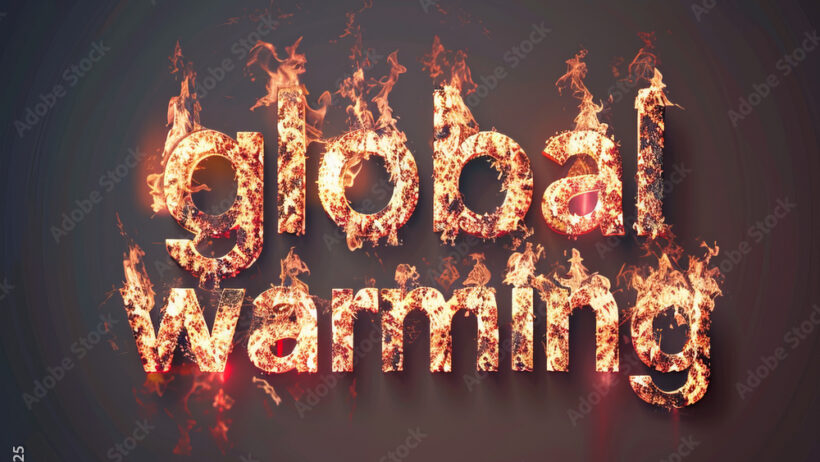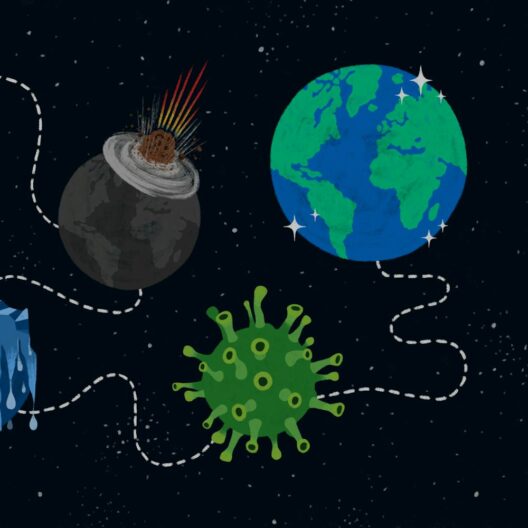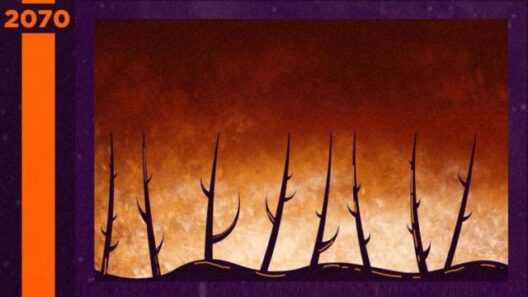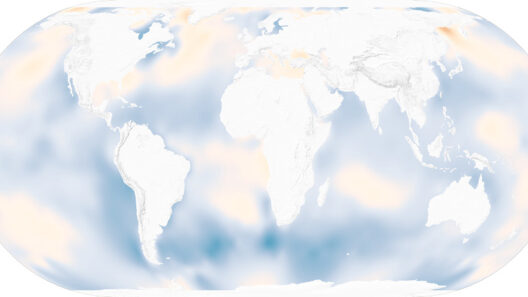Australia’s landscape is breathtakingly diverse, encompassing verdant forests, arid deserts, and sprawling coastlines. However, the frequency and intensity of bushfires across the continent are alarming, raising concerns about the palpable link between global warming and these catastrophic events. Understanding this relationship is paramount in addressing the mounting threat of bushfires exacerbated by climate change.
To appreciate the extent of bushfire extremes in Australia, one must first grasp how global warming functions. The Earth’s average temperature has risen significantly since the late 19th century due to the unabated emission of greenhouse gases, primarily from burning fossil fuels. This warming is altering not just weather patterns but also the very fabric of the Australian environment, shifting the delicate balance that governs its ecosystems.
In Australia, warming temperatures are translating into increased bushfire risk through a constellation of interrelated factors. Elevated temperatures lead to heightened evaporation rates, drying out vegetation and soil. The synergistic effect is stark: as plant life becomes more parched, it turns into highly combustible fuel, augmenting the likelihood of ignitions during dry spells. Notably, the period between 2019 and 2020 exemplified this phenomenon dramatically, as one of the worst bushfire seasons in history ravaged vast swathes of the country.
The geography of Australia further complicates the bushfire narrative. The continent is characterized by vast open landscapes, particularly in regions such as the Outback. Here, fuel loads accumulate over time, and when combined with extreme heat and winds, the potential for catastrophic fire events escalates exponentially. Urban encroachment into these fire-prone areas exacerbates the risk. As communities expand towards bushland, the likelihood of human-induced ignition sources increases, creating a perilous coexistence.
Climate change is also manifesting in Australia through altered precipitation patterns. Prolonged drought spells have become more common, as the climate system experiences disharmony. These fluctuations disrupt the hydrological cycle, leading to deficiencies in water supply that further amplify fire risks. When rain does come, it can be erratic and intense, leading to flash flooding that paradoxically fosters rapid vegetation growth, which will later dry out and contribute to the fire season’s ferocity.
Moreover, the winds that bear down on Australia during its summer months are changing. Climate models project an increase in the frequency and intensity of strong winds, which can rapidly spread bushfires, overwhelming firefighting efforts. The interplay of high temperatures and fierce winds creates an environment where fires can escalate beyond control almost instantaneously. The events of the “Black Summer” of 2019-2020 serve as a stark reminder, with infernos consuming millions of acres and tragically affecting thousands of homes and individuals.
It is crucial to acknowledge the ecological ramifications of increased bushfire activity. Fire is an integral part of many Australian ecosystems, and many native flora and fauna have evolved alongside a natural fire regime. However, the frequency and intensity of contemporary bushfires disrupt these ancient cycles, threatening species that are already endangered. For example, the koala population has been drastically reduced due to habitat loss from bushfires, coupled with other human-induced pressures.
Beyond wildlife, bushfires wreak havoc on air quality and human health. Smoke from large fire events can envelop entire cities, causing respiratory issues and exacerbating pre-existing health conditions among vulnerable populations. The long-term exposure to such pollutants can have chronic health implications for residents across affected regions.
Socioeconomically, the repercussions of bushfires are profound. The costs associated with firefighting efforts, property damage, and recovery can overwhelm governmental budgets and local economies. The psychological toll on communities, marked by loss and trauma, can have lasting effects that extend well beyond the flames. The cycle of despair and recovery intertwines with climate change, as successive disasters may erode community resilience over time.
In addressing these challenges, proactive measures are paramount. Mitigation strategies must incorporate robust climate policies aimed at reducing greenhouse gas emissions globally. Transitioning to renewable energy sources, enhancing energy efficiency, and fostering sustainable land use practices are pivotal pathways forward. Additionally, employing advanced firefighting techniques and developing bushfire resilience programs can significantly benefit at-risk communities. Local outreach and education initiatives can empower residents to prepare more effectively for fire seasons.
Furthermore, re-establishing natural fire regimes through controlled burns may help manage fuel loads and reduce catastrophic fire risks in the long term. Engaging Indigenous communities, who have utilized fire management techniques for thousands of years, can provide invaluable insights into ecological stewardship that aligns with sustainable practices.
Australia’s fiery future is indeed a harbinger of the broader challenges posed by global warming. The crucial narrative surrounding bushfires serves as a stark reminder of humanity’s role in climate change and the urgent need for collective action to safeguard the environment. The future, while daunting, can be navigated with a concerted global effort emphasizing sustainability, resilience, and the preservation of natural ecosystems for generations to come.






